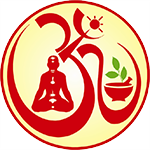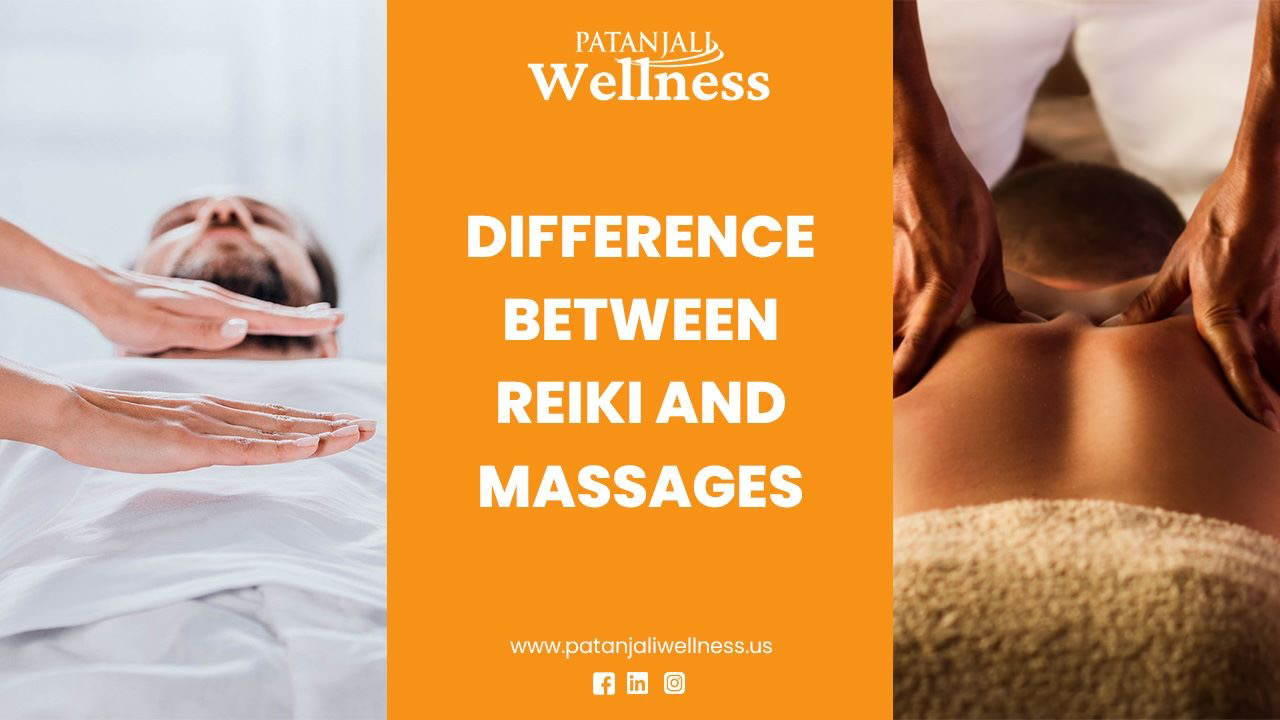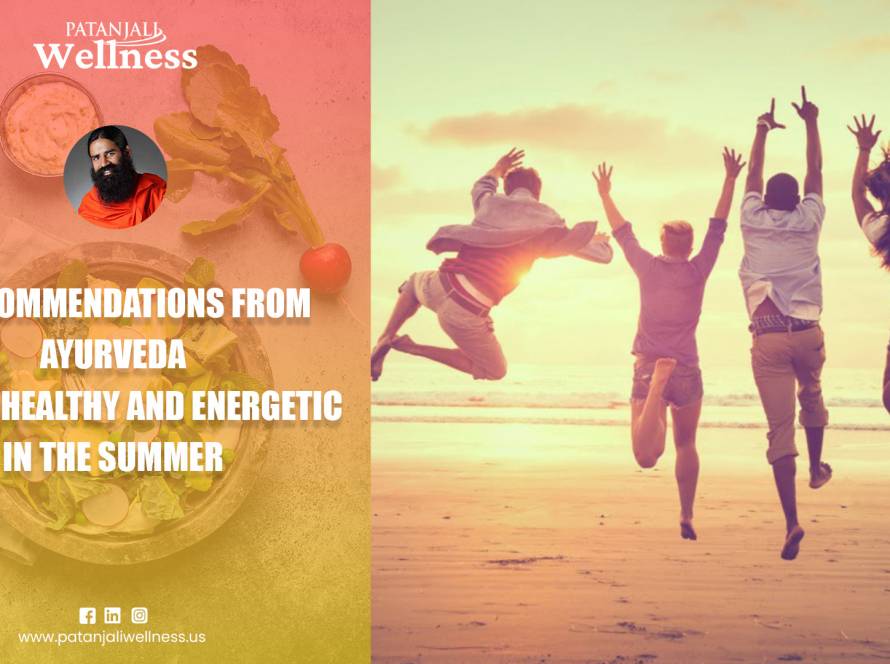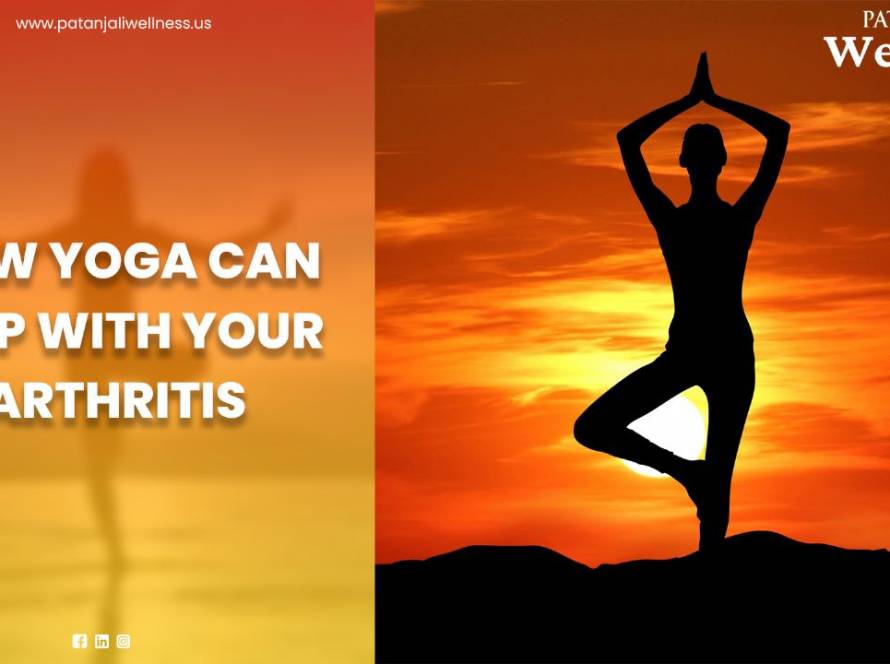What’s the difference between Reiki and massages?
In this era of endless screens, it has become increasingly necessary to take out some time for oneself and invest that time into self-care. One such way to do so is by going for a Traditional Massage, and the other is to go for a Reiki message. Both are systems of natural healing and are alternative ways to help relieve various types of pain and relax our bodies. Find also Ayurvedic Massage Therapy in Houston.
One can expect a calm environment, light monochromatic colors, a musky fragrance, and some stiff hands while going for a traditional massage. It often involves loosening tight muscles to help regulate the blood flow in the body. It is a must to have accreditation to become a licensed massage therapist.
On the other hand, Reiki is a non-intrusive technique that might not involve touching the subject at all. Reiki takes its origins in Japan and is considered a healing therapy that focuses on balancing the energy flow in the body. In Reiki, the practitioner uses a light touch, or holds their hands just above the body of the subject, or can even perform Reiki from a distance.
What is Reiki?
Reiki is an alternative kind of therapy and is a Japanese healing art that focuses to increase and balance the body’s unbalanced energy flow channeling it to the desired point. Reiki ideology believes that natural life force energy flows within and around human beings, which affects the functioning of our body, mind, and spirit.
The ultimate goal of Reiki is to focus on this energy and heal physical and psychological ailments ensuring the free flow of energy within our bodies.
How does Reiki work?
Reiki is a form of energy therapy and involves the transfer of energy from the practitioner to the patient using light touching or even hovering hands from a distance. Reiki healers focus on positive energy, directing it through their hands to help the body relax.
Reiki practitioners believe that when energy stop flowing or loses direction in a body, physical injury or psychological problem tends to occur. Thus Reiki works by realigning the body’s energetic properties.
What can you expect under a Reiki session?
You need to lie down or seated comfortably, with full clothes during a Reiki session. The healer uses gentle hand pressure with varying hand shapes and chants blessings to encourage positive energy flow. A Reiki session lasts between 15 minutes to 1.5 hours, and subsequent sessions may be required depending on the problems.
Reiki is beneficial for:
• Headache relieves
• Pain management
• Stress management
• Sleep disorders
• Restoring emotional balance
• Relaxation
• Mental health treatment
• Chronic fatigue syndrome
• Treat cardiac disease
Side effects of Reiki
After a Reiki session, you may feel worse at first. A drained or disoriented attitude is another common side-effect of Reiki which often fades away slowly. These symptoms are the normal part of Reiki, and pass out once the energy starts flowing freely again.
What is massage therapy?
It is the skin manipulation, tissues, muscles, ligaments, and tendons using soft hands. This technique includes muscle and joint kneading, rubbing, light stroking, and fixed or movable pressures.
How does it work?
Massage therapy relaxes the body and helps rid the body of impurities. Pressure and stroke techniques manipulate muscles and escalate blood flow, lowering stress levels and slackening muscles.
What to expect?
Depending on your comfort, you can wear loose clothes or strip to your underwear. You can receive treatment either lying down covered with a sheet, seated, or fully clothed in a position you are comfortable in. You can choose a massage medium, ranging from powder, lotion oil, etc. Depending on the type of massage you choose, a session usually lasts between minutes to 1.5 hours.
Massage therapy is good for:
• Pain management
• Relief from inflammation
• Joints injury and sprain management
• Blood circulation
• Treating sports and other relative injuries
• Stress reduction
• Energy restoration
Potential side-effects
Massage therapy is in general, not uncomfortable or cause pain. It can be painful sometimes when therapists tend to work out kinks or knots. Risks associated are negligible, but in rare cases, adverse effects may arise, including nervous system injuries, clotting, and other problems. Some of these may happen more in vulnerable patients like elderly people, or during a vigorous massage.
What is better, Reiki or massage?
It can be either, as both offer potential benefits and have their own ideologies of self-healing. While both stimulate blood and oxygen circulation and offer natural healing with positive effects on the body and soul, patients often respond differently during both therapies.
The most stands-out difference is that massage therapy offers healing with physical manipulation, and Reiki offers spiritual healing and energy manipulation techniques. Together they both address physical and psychological pain. The newer therapy is now a massage technique with Reiki to help extract the most of both.





